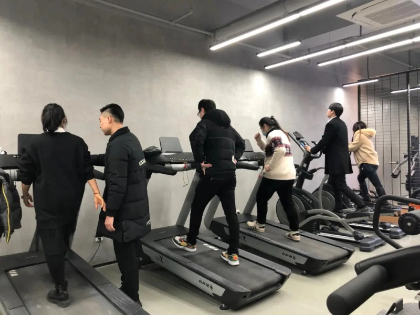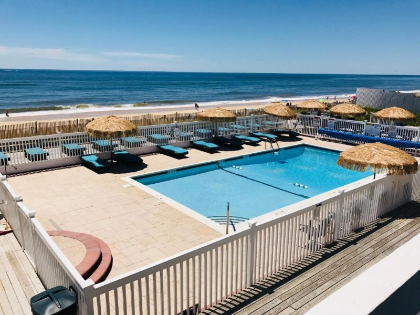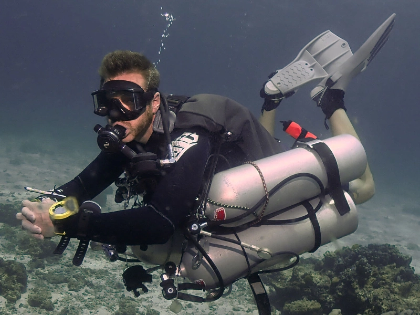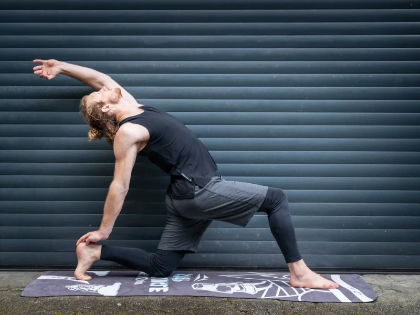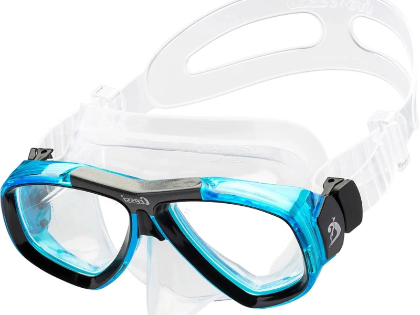Post-SurfRecovery: Taking Care Of Your Body
While avoiding surf injuries is desired, wipeouts and other incidents are sometimes inevitable. Correct training will enable you to bounce back fast and resume good condition surfing. Maintaining your energy levels and repairing muscles depend on eating the correct diet following a surf session. Make sure you are getting enough protein and carbs, particularly from fresh fruit.
Eat Healthfully
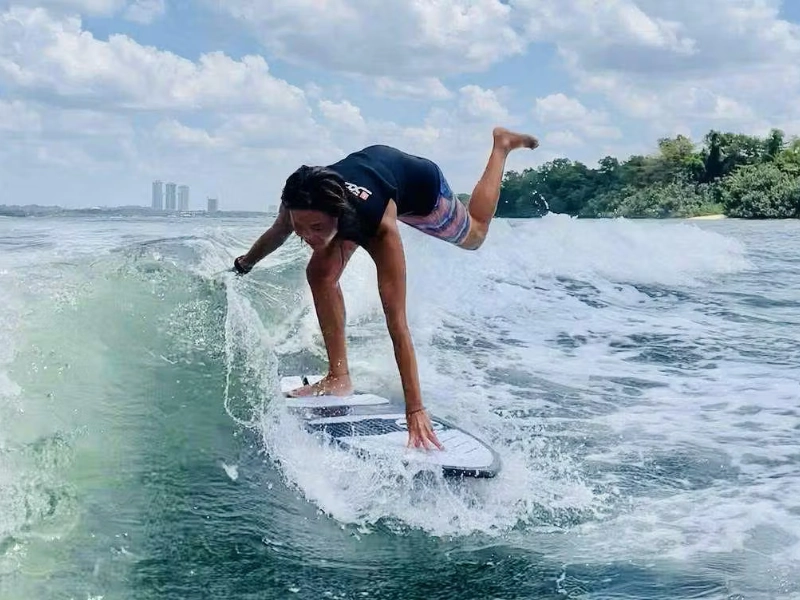
Stretch
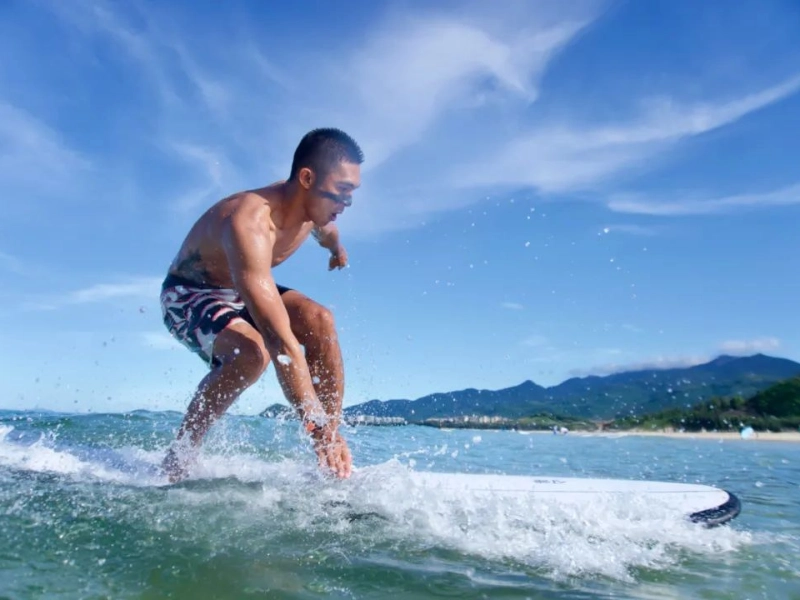 By lengthening muscles, stretching helps feed nutrients to them and eliminate lactic acid build-up causing discomfort. Before and after every surf session is advised to be a stretching session.
Be sure to extend the biceps, shoulders, and back since over a lengthy surf session they constrict. You will feel much better and these tense muscles will be released with a deep tissue massage.
Surfing helps us to become aware of our bodies and to believe that we can control a difficult circumstance. These abilities help one negotiate urges, get beyond obstacles, and spot early warning signals of a relapse in daily life in recovery. Maintaining sobriety over the long run is much aided by these skills.
By lengthening muscles, stretching helps feed nutrients to them and eliminate lactic acid build-up causing discomfort. Before and after every surf session is advised to be a stretching session.
Be sure to extend the biceps, shoulders, and back since over a lengthy surf session they constrict. You will feel much better and these tense muscles will be released with a deep tissue massage.
Surfing helps us to become aware of our bodies and to believe that we can control a difficult circumstance. These abilities help one negotiate urges, get beyond obstacles, and spot early warning signals of a relapse in daily life in recovery. Maintaining sobriety over the long run is much aided by these skills.
Breathes Deeply
 Breathing exercises assist you relax frazzled nerves when the surf is high and increase your capacity to hold a breath underwater. By strengthening the muscles engaged in a deep inhale, these breathing exercises can also help avoid stress-induced injuries.
Using the abdomen and chest muscles, deep breathing—also known as diaphragmatic breathing—helps to increase oxygenation, lower or stabilise heart rate, and relax muscles tension. Along with helping to improve sleep quality, it can be a fantastic tool for reducing stress and worry.
It is particularly helpful both before and following a protracted or forceful breath hold. Strong active inhales, a brief pause followed by a relaxed passive exhale in three rounds of recovery breathing may assist you return to your usual resting breath rate without risk of unconsciousness.
Breathing exercises assist you relax frazzled nerves when the surf is high and increase your capacity to hold a breath underwater. By strengthening the muscles engaged in a deep inhale, these breathing exercises can also help avoid stress-induced injuries.
Using the abdomen and chest muscles, deep breathing—also known as diaphragmatic breathing—helps to increase oxygenation, lower or stabilise heart rate, and relax muscles tension. Along with helping to improve sleep quality, it can be a fantastic tool for reducing stress and worry.
It is particularly helpful both before and following a protracted or forceful breath hold. Strong active inhales, a brief pause followed by a relaxed passive exhale in three rounds of recovery breathing may assist you return to your usual resting breath rate without risk of unconsciousness.
Cold Medicine
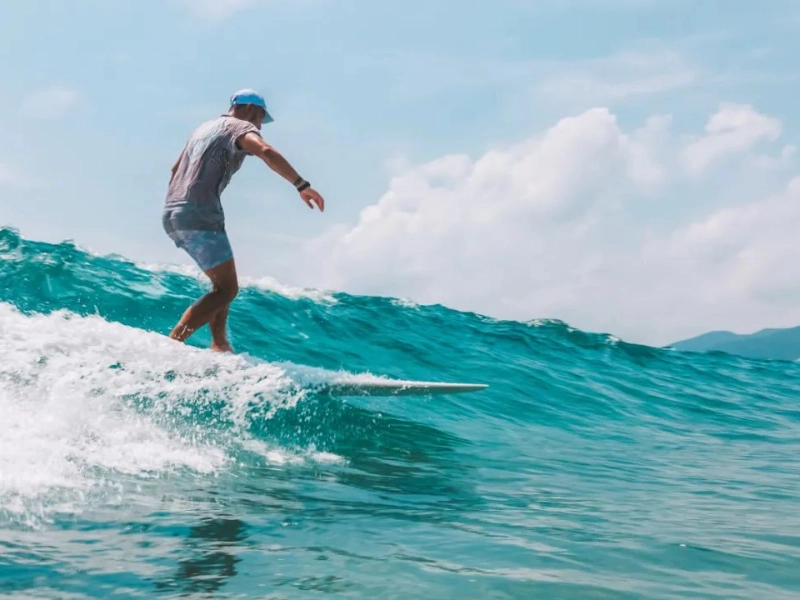 Surfing can leave your body tired, thus the day following a session is crucial to do everything you can to provide your body what it requires. Great techniques to aid in healing and lower muscular discomfort are proper diet, stretching, and cold therapy.
In the surfing community, cold immersion therapy—also referred to as ice baths—is growingly popular as a means of lowering muscular stiffness and inflammation. The cool temperature induces blood vessels to narrow, therefore lowering inflammation and increasing circulation.
Surfing can leave your body tired, thus the day following a session is crucial to do everything you can to provide your body what it requires. Great techniques to aid in healing and lower muscular discomfort are proper diet, stretching, and cold therapy.
In the surfing community, cold immersion therapy—also referred to as ice baths—is growingly popular as a means of lowering muscular stiffness and inflammation. The cool temperature induces blood vessels to narrow, therefore lowering inflammation and increasing circulation.
Accuracy and Timing
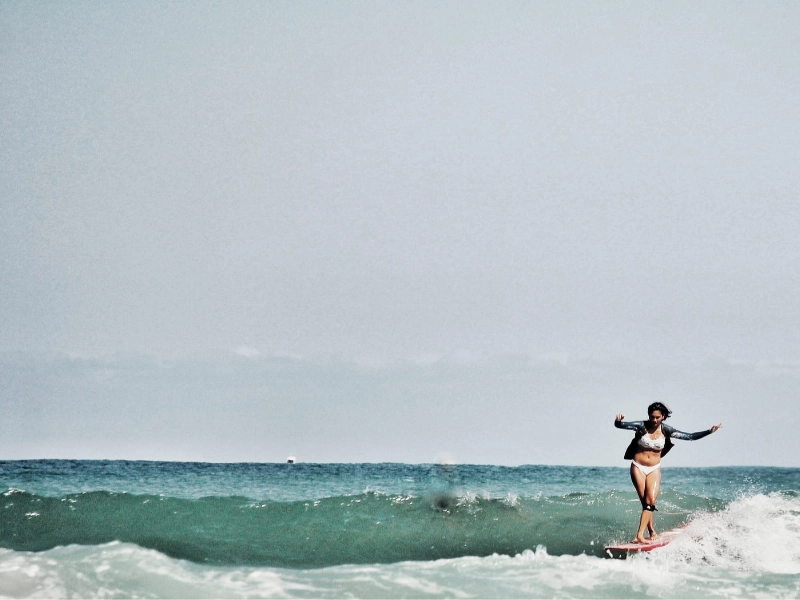 For surfers, rehabilitation mostly consists in massage. It works the neurological system, increases flexibility and balance—all vital for surfing. It also aids in lowering inflammation, detoxification of poisons, and enhanced muscle repair.
Tense muscles have a cascade effect that tightens neighbouring muscle groups. Massage helps your body create endorphins, the natural pain reliever, and releases stress.
Doing some self-massage both before and after surfing will help to prevent stiff muscles. You might use a Theragun (see here and here), for instance, or simply some tennis ball love on your chest and shoulders. This can assist ease tension and shorten the period of time needed to recuperate following a session. It's a fantastic substitute for having someone else do it for you!
For surfers, rehabilitation mostly consists in massage. It works the neurological system, increases flexibility and balance—all vital for surfing. It also aids in lowering inflammation, detoxification of poisons, and enhanced muscle repair.
Tense muscles have a cascade effect that tightens neighbouring muscle groups. Massage helps your body create endorphins, the natural pain reliever, and releases stress.
Doing some self-massage both before and after surfing will help to prevent stiff muscles. You might use a Theragun (see here and here), for instance, or simply some tennis ball love on your chest and shoulders. This can assist ease tension and shorten the period of time needed to recuperate following a session. It's a fantastic substitute for having someone else do it for you!

